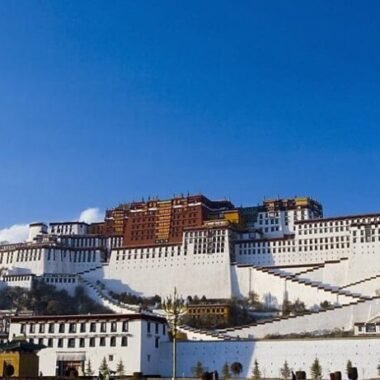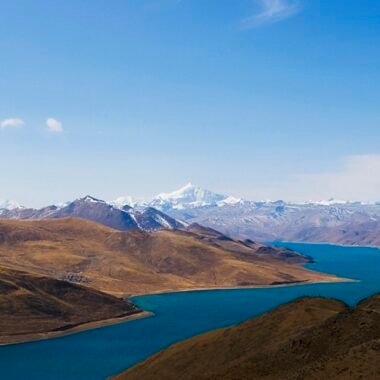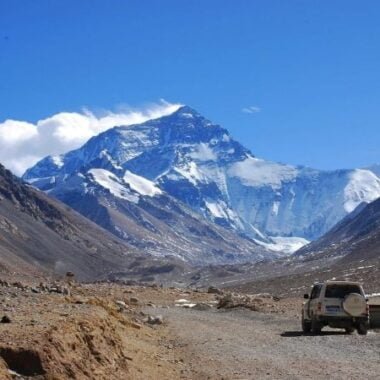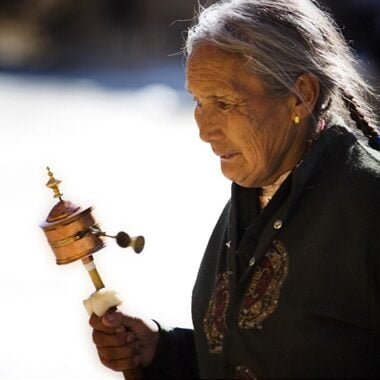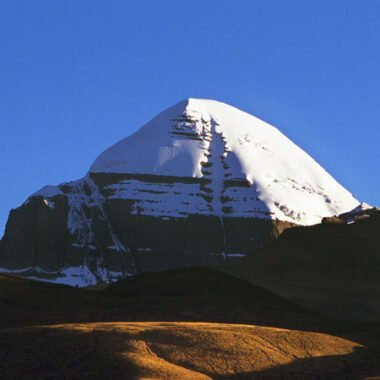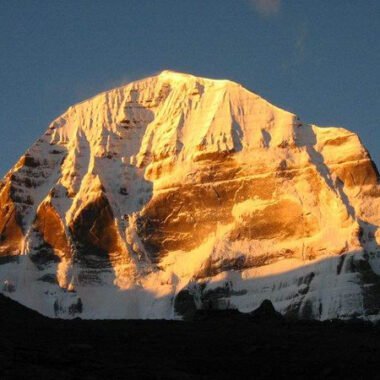How to Plan a Trip to Tibet: A Comprehensive Guide for an Unforgettable Journey
Tibet is a land of breathtaking landscapes, ancient monasteries, and rich cultural heritage. Whether you’re an adventure seeker, a spiritual traveler, or…
Tibet is a land of breathtaking landscapes, ancient monasteries, and rich cultural heritage. Whether you’re an adventure seeker, a spiritual traveler, or a culture enthusiast, a trip to Tibet offers a truly unique experience. However, planning a trip to Tibet requires careful preparation due to the region’s distinct travel requirements and high-altitude conditions. In this guide, we’ll walk you through everything you need to know about planning a trip to Tibet, from permits and transportation to the best times to visit and what to pack.
1. Understand the Travel Restrictions and Permits
One of the most important aspects of planning a trip to Tibet is understanding the travel permits required. Due to Tibet’s sensitive political and geographical location, the Chinese government imposes strict regulations on foreign travelers.
Tibet Travel Permit (also called Tibet Entry Permit)
This is the most essential permit you’ll need. It’s required for all foreigners traveling to Tibet. Your tour operator will typically arrange this for you. The process can take up to 20 days, so make sure to apply well in advance.
Other Permits
Depending on the specific areas you wish to visit, additional permits might be necessary. For example, if you plan to trek or visit restricted areas near the borders, a Military Permit may be required.
China Visa
Foreign visitors must also have a valid Chinese Visa before they can apply for the Tibet Travel Permit. Generally, a tourist visa (L visa) is sufficient for most travelers. If you’re traveling to Tibet from Kathmandu (Nepal), there is no need to apply for a visa in your home country. Instead, you’ll need to obtain a group visa (for groups of 5 or more people) through a local travel agency in Kathmandu which we have no problem to help. For the most up-to-date information, feel free to contact us for the latest updates on this visa requirements.
2. Best Time to Visit Tibet
Tibet is a year-round destination, but the best time to visit largely depends on what you want to experience.
Spring (April to June)
Spring is one of the most beautiful times to visit Tibet. The weather is generally mild, and the landscapes start to bloom. June marks the beginning of the summer season, and temperatures are still manageable. This is an excellent time for sightseeing and low-altitude trekking as the conditions are favorable.
Summer (July, August)
Although summer is considered the peak tourist season, it’s important to note that July and August are also the rainy months in Tibet. However, rainfall typically occurs at night, meaning it won’t disrupt daytime activities. Despite the rain, the summer months are still one of the warmest periods in Tibet, making it a popular time for tourists.
Autumn (September to November)
Autumn is considered one of the best times to visit Tibet, with crisp weather and clear skies. September, in particular, is the ideal month for trekking, as temperatures are comfortable, and the risk of rain is lower than in summer. Autumn is also the season when the region’s landscape is at its most stunning, with vibrant colors in the trees and fields.
Winter (December to March)
Winter in Tibet is a challenging season for travel due to the cold temperatures, especially at higher altitudes. However, it is also the least crowded time of the year, offering a peaceful experience for those willing to brave the cold. March, while still winter, marks a transitional period as the weather starts to improve slightly. The winter months are ideal for those looking for lower prices and fewer tourists. Just be aware that some areas might be less accessible due to snow.
3. Choose the Right Mode of Transportation
Getting to Tibet involves a bit of planning, as there are limited ways to travel in and out of the region.
By Train
Traveling to Tibet by train is one of the most scenic and popular options. The Tibet Railway offers breathtaking views of the Tibetan Plateau and the Himalayan mountains. However, the train journey takes 1-2 days, making it a long and tiring experience. For some travelers, this extended journey could cause issues with altitude sickness, and the conditions on the train are quite basic. Many travelers prefer flying to Tibet as it’s faster, and once you arrive in Lhasa, you can acclimatize to the altitude with immediate medical access if necessary.
By Air
Flying to Lhasa is the quickest way to reach Tibet. Several international and domestic flights are available to Lhasa Gonggar Airport, with connections from major cities like Beijing, Chengdu, Xi’an and Kathmandu. You’ll need to give yourself time to adjust to altitude once you arrive.
By Road
For those seeking an adventurous journey, traveling by road to Tibet is also possible. You can drive from Nepal (via the Tibet-Nepal Highway) or from several Chinese cities, although road conditions can be challenging, and the altitude may be difficult to manage for some travelers.
4. What to Pack for Your Trip to Tibet
Packing for Tibet requires some thought due to the harsh and variable climate. Here’s a checklist of essential items to pack:
- Warm Clothing: Even in summer, temperatures can be chilly, especially at night. Layering is essential.
- Sunscreen and Sunglasses: The high-altitude sun is intense, so make sure to protect your skin and eyes.
- Altitude Medication: As Tibet sits at an elevation of over 3,600 meters (11,800 feet), you may experience symptoms of altitude sickness. Carry some medication for acclimatization and consult your doctor before traveling.
- Comfortable Footwear: If you’re trekking, durable, comfortable hiking shoes are a must.
- Personal Items: Don’t forget essential toiletries, a first aid kit, and a camera to capture the stunning landscapes.
5. Select a Tour Operator
While independent travel is possible in Tibet, most foreign visitors prefer to book tours through reputable tour operators. A good Tibet tour operator will take care of all the permits, transportation, and local guides, making the journey more manageable and enjoyable.
When choosing a tour operator, look for the following:
- Experience: Choose a company with a good record (especially at the Tibet Tourism Bureau) and local knowledge.
- Flexibility: Ensure they offer customizable tours to suit your preferences.
- Guides: A knowledgeable and English-speaking guide is essential to understand the cultural and historical context of Tibet.
6. Health and Safety Tips for Tibet Travelers
Traveling to Tibet’s high altitudes can be physically challenging. To make your journey safe and enjoyable, keep these health tips in mind:
- Acclimatize Gradually: Spend a couple of days in Lhasa or another lower-altitude city before traveling to higher altitudes.
- Stay Hydrated: The dry air can cause dehydration, so drink plenty of water throughout the day.
- Avoid Overexertion: If you’re trekking or hiking, pace yourself and avoid pushing yourself too hard, especially in the first few days.
- Travel Insurance: Make sure you have comprehensive travel insurance that covers medical emergencies, including altitude sickness treatment.
Conclusion: Your Dream Trip to Tibet Awaits
Planning a trip to Tibet can be a rewarding and transformative experience. With the right preparation, you can immerse yourself in the rich cultural heritage, breathtaking landscapes, and spiritual serenity of the Tibetan Plateau. Whether you’re trekking to Mount Everest or exploring the ancient city of Lhasa, Tibet promises a once-in-a-lifetime journey that will stay with you forever.
By following this guide and making informed decisions about permits, transportation, and health precautions, you can ensure that your trip to Tibet is an unforgettable adventure. Safe travels!


